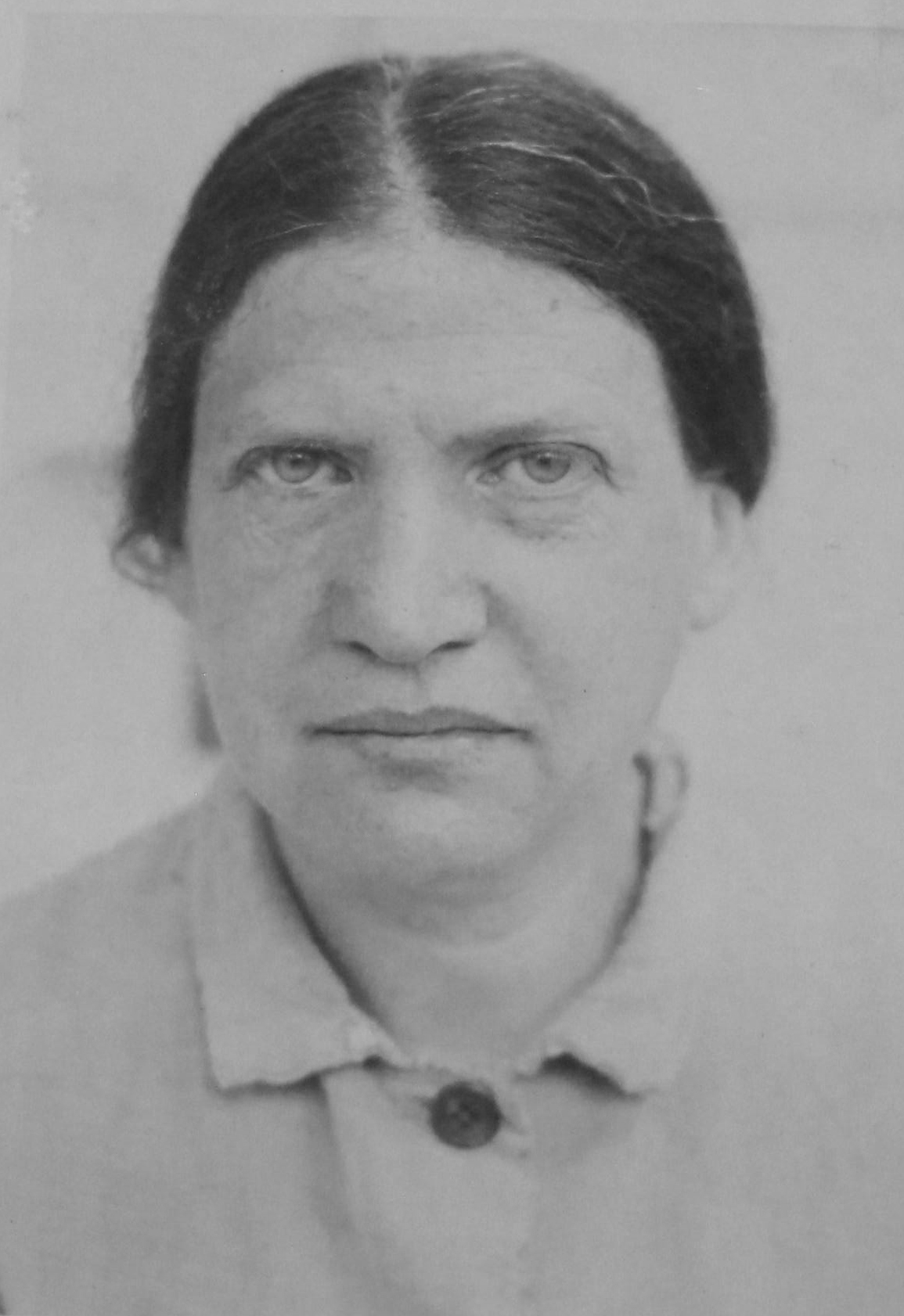Search for Names, Places and Biographies
Already layed Stumbling Stones
Suche
Mathilde Laski (née Kallmess) * 1888
Woldsenweg 13 (Hamburg-Nord, Eppendorf)
1941 Lodz
ermordet am 12.7.1942 in Lodz
further stumbling stones in Woldsenweg 13:
Juliane Appel, Henriette Cohen, Siegmund Goldschmidt
Mathilde Laski, born 16 Nov. 1888 in Hamburg-Wandsbek, deported 25 Oct. 1941 to Lodz, murdered there 12 July 1942
Woldsenweg 13
Mathilde Laski, née Kallmess, was the daughter of Julius and Cäcilie (Wolffsohn) Kallmess. She married Johann Walter Laski on 19 April 1912. He was the sole proprietor of the real estate and insurance agency Harry Laski & Son, founded in 1874, at Jungfernstieg 24. There was a branch office of the business at Kleine Johannisstraße 9. The company was re-registered in 1935 as Harry Laski & Son.
Mathilde and Walter Laski had three children, Elfriede, Annemarie, and Arnold. Annemarie Laski was born on 10 February 1913, Arnold Laski on 9 July 1915. The tax records with the Jewish Community indicate that Elfriede Laski died at age 17. Mathilde Laski did not work outside the home. The family moved several times around Hamburg. They first lived on Maria-Louisen-Straße, then at Klosterstieg 14, and finally at Woldsenweg 13 with Henriette Cohen (see biography: Henriette Cohen).
In 1938, the Nazi regime prohibited Jews from working as real estate and insurance agents. On 4 November 1938, Walter Laski was forced to strike his company from the trade register, in order to "prevent the National Socialists from installing a party member as the owner, who could then proceed to run the business under its old name and with the same clients.” This is a quote from an affidavit written by Walter Laski, which his daughter submitted to the Restitution Board.
On 31 July 1938, Walter Laski was arrested for "racial defilement,” and taken to the Fuhlsbüttel prison, where he was subjected to torture and harassment. A high-ranking Gestapo officer said to him: "If we can’t prove that you’ve committed racial defilement or currency smuggling, we’ll send you to a concentration camp.” Walter Laski attempted to commit suicide in his cell by slitting his wrists. The file with the Restitution Board contains a photograph of his scarred wrists. Laski was close to death when he was taken to the prison infirmary. The doctor was able to save his life, as a fellow prisoner volunteered to undergo a blood transfusion. He was still very ill and weak when he was confronted with the testimony of a former employee, stating that he had committed "racial defilement” with her twice in December 1939.
For fear of being sent to a concentration camp, and because of his physical weakness, he confessed to the accusations. The bill of indictment indicates that the plaintiff and her partner both had previous police records. Walter Laski was sentenced to two years in the Fuhlsbüttel prison.
The prison warden suggested that he would be granted an early release if it were possible for him to leave the country immediately.
Walter Laski was released in April 1940 on the condition that he leave Germany within three days.
Mathilde Laski had suffered from mental illness for many years. By 1940 she was so ill that she had been put under legal guardianship and a nurse lived with her. Her household had been dissolved in March 1939, since she was no longer able to live alone as a result of "mental instability,” according to the Restitution Board files. She was assigned a legal guardian, the attorney Herbert Samuel, by a pronouncement of the Regional Court, Department 112, and with the approval of the Hanseatic Attorney’s Chamber. From that point onwards he was responsible for all of her financial issues. The guardianship court had to approve all payments Herbert Samuel made for his ward. No security order was issued on her accounts, since her emigrating was out of the question. On 15 September 1941 she was required to wear the "yellow star.”
Walter Laski intended to emigrate to Shanghai via Genoa on the steamship Conte Verde. His insurance agent and representative with power of attorney Albert Kruse applied to the Hamburg Chief Tax Authority to have the necessary funds released from Walter Laski’s account. His once considerable fortune was by now much reduced, due to the mandatory payments required from Jewish citizens.
The Chief Tax Authority granted him only marginal funds, so that a relative of Walter Laski who lived abroad had to help out. Albert Kruse accompanied Walter Laski to the Italian border.
In Shanghai, Walter Laski supported himself with small business deals and short-term jobs until the Japanese army occupied the city: "Like all of the German-Jewish emigrés living in Shanghai, I was interned in the Honkew Ghetto by the Japanese, at the behest of the German Nazis who lived there. I lived there in primitive conditions from 18 May until 15 August 1945.”
In late 1946 he was able to emigrate to Los Angeles. With the help of his daughter Annemarie, who lived there, he was able to build a new life. Laski’s son Arnold had emigrated to Argentina, where he married. He died after only a few years.
Mathilde Laski and her nurse were deported to the Lodz Ghetto on 25 October 1941. Both were murdered there.
Translator: Amy Lee
Kindly supported by the Hermann Reemtsma Stiftung, Hamburg.
Stand: March 2017
© Claudia García
Quellen: 1; 2; 5; 8; StaH 314-15 OFP, R 1939/2132; StaH 314-15 OFP, Fvg 8045 Walter Laski; StaH 351-11 AfW 5955; StaH 522-1 Jüd. Gemeinden, 992e2 Band1.
Zur Nummerierung häufig genutzter Quellen siehe Link "Recherche und Quellen".


